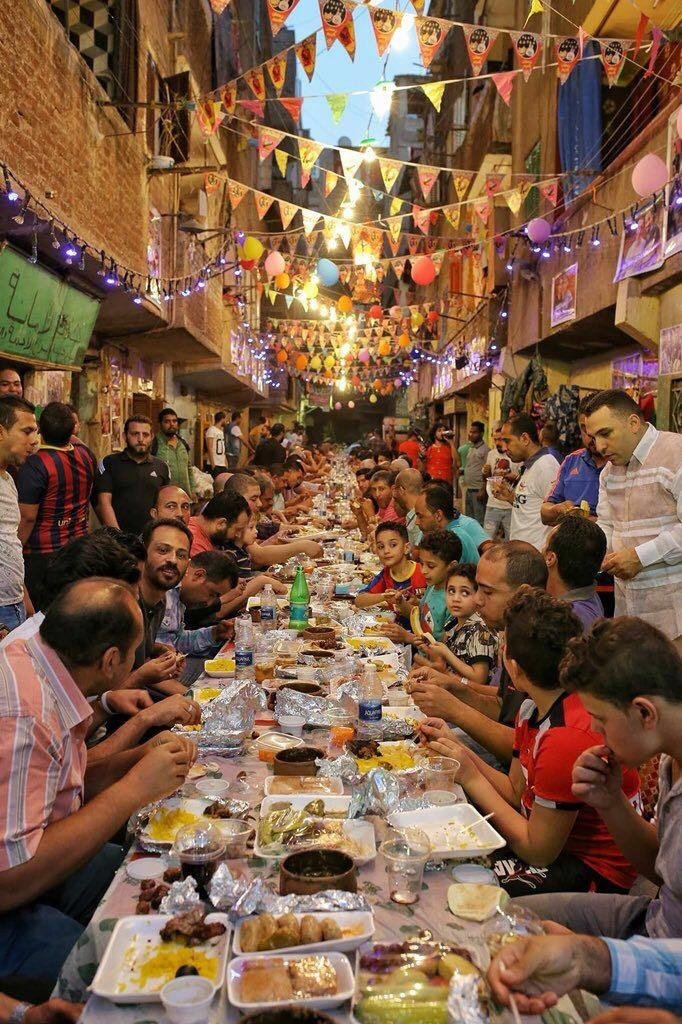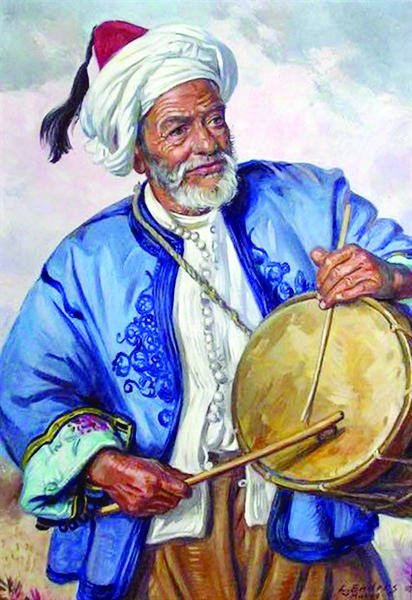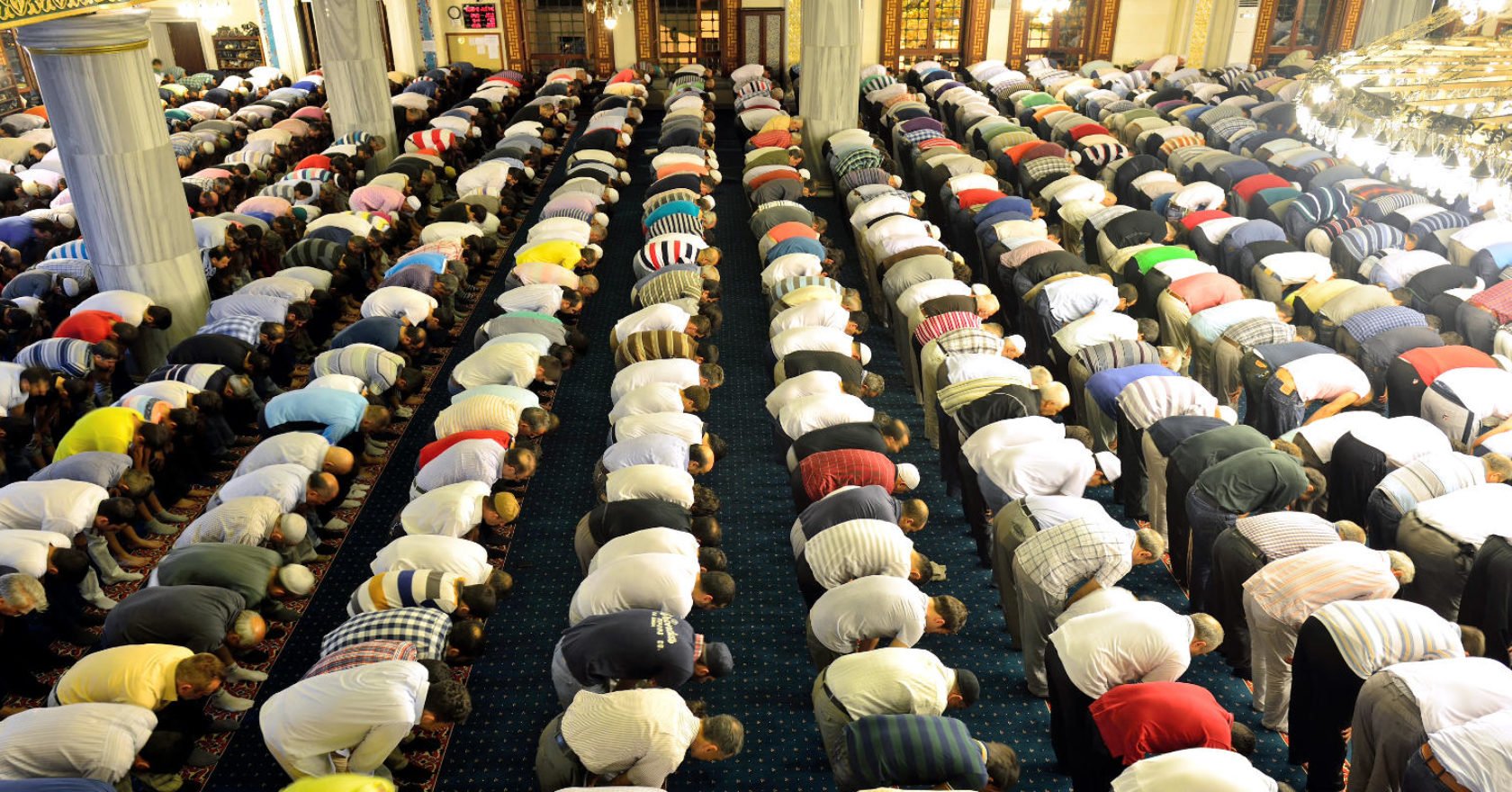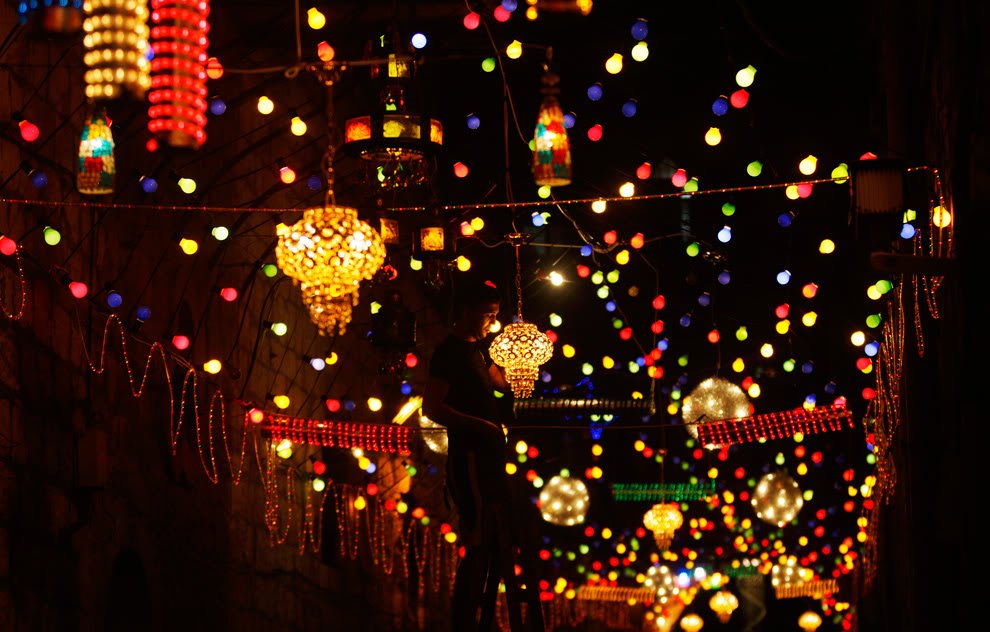Ramadan in Egypt
Ramadan in Egypt is different from any other country"... an expected answer of any visitor to Egypt in this holy month. All of his rites are a legitimate legacy of every civilization witnessed by the Nile Valley which gives this month a special flavor that differs from the rest of the Islamic countries.
Although Egypt is not an entirely Muslim country and it has a sizeable Christian community called the Copts, Ramadan is celebrated remarkably interestingly like which you cannot find in any other Muslim nation. The way the Egyptians prepare for the holy month is different from other Islamic countries and it is even said that other nations have copied their customs and rituals. The Egyptians prepare for the blessed month weeks ahead. The markets are full of Ramadan special products including dates, dried apricot paste, dried plums, nuts, and special beverages before Ramadan. They have their own way of celebrating the holy month.
In every street, every lane, every neighborhood, every village, rich or poor. An Egyptian custom turned into a popular heritage for all classes and sects in Egypt. Once Ramadan begins, people hurry to prepare their street ornaments. Those ornaments began in the early days of the Al- Fatimid era and were used for religious ceremonies called Al Wakoud nights which are the four Islamic religious nights, the first night, and the night of half the months of Rajab and Shaaban. Mosques were lit with lanterns, food, candy, and incense increased profusely.
The cannon to Break the Fast
“مدفع الإفطار”
Unlike many other Mulsim nations in West Asia (Middle East) and Central Asia, in many North African countries, a cannon is fired to signal the end of the day’s fast so those who are fasting can eat iftar (the meal that breaks the fast). Some historians maintain that the custom of firing the Midfaa Al Iftar (or “iftar cannon”) originated in Egypt, although, there are different, sometimes conflicting, accounts of when the ritual was established. The cannon is fired announcing the breaking of the fast at sunset. It is said that this tradition began during the time of the Mamelöukes in 1439 and Cairo was the first city in the Islamic world to witness this, a report by Daily Sabah report says. Meanwhile, some believe that it began in the 10th century during the Fatimid caliphate. The more popular story suggests that the tradition started by accident during the Mamluk rule of Egypt in the 15th century.
At sunset, when it is time for Muslims to break their fasting, the sound of a boom reverberates throughout the silent streets of Cairo; it is the sound of Ramadan’s Cannon shooting to signal Al-Maghrib time. For centuries, the ‘madfaa’ or cannon, has been the only method for people to know it’s time to eat.
The Ramadan Lantern (Fanous الفنوس)
One of the most popular decorative pieces of Ramadan is the lantern (or “Fanous”). The lanterns, made from metal and tinted glass, come in different shapes and sizes. The Muslim Egyptians decorate streets, homes, and balconies with lights, decorations, and huge lanterns.
The Ramadan lantern is the holy month’s main symbol, you’ll never visit an Egyptian home or pass by a neighborhood and wouldn’t find beautiful lanterns, lighting up the place, according to a website that urges visits to Egypt during the Holy month.
While lanterns are no longer used as a source of light, many families and businesses across the Muslim world continue to use them as decorations. according to a report from Egypt, today, only a few dozen traditional lantern workshops remain.
The Traditional Dawn Awakeners (Mesaharati - المسحراتي )
El Mesaharati's story started in Egypt about 12 centuries ago, specifically in 853 AD. The mission of Al Mesaharati has been transferred to Egypt and the Abbasid governor of Egypt " Ishaq Ibn Aqaba" was the first to roam in Cairo streets at night in Ramadan to wake people up. He was walking on foot from the military city in Fustat, to Amr Ibn Al-Aas mosque, calling people to have Al-sohour.
About a thousand years ago, during the era of the Fatimiyah state, the governor ordered people to sleep early and soldiers would walk by and knock on their doors to awaken Muslims for Al-Sohour until a man was appointed to do that mission and called him El Misahharati who was knocking on the doors with a stick that he carries, saying " people of God, wake up and have your meal before daybreak".
The Drummers or Mesharatis as the Egyptians themselves call them wake the Muslims up to eat a pre-dawn meal (“suhur” in Arabic) in preparation for the fasting day ahead. Each morning during the Islamic holy month of Ramadan, an hour or two before dawn, drummers (Tabbal as they are called in some other Arab countries) walk slowly in the streets with small drums, hammering out a repetitive beat to wake people up to have their Sohour. The Mesaharati wanders the alleys with their drums and sings traditional songs and children play around him with their lanterns and sing with him.
It is believed that this tradition dates back to the Ottoman era when people didn’t have alarm clocks to wake them for Sohour, drummers would walk through the streets beating their drums. They would also sing a rhyming couplet -- a reflection of the popular culture.
At the end of Ramadan, although Mesaharaties do not ask for money, people in their communities often give them small tips and even gifts. This custom is still observed as it carries the spiritual aspect of the old Ramadan days.
Tarawih prayers
After Ishaa (nighttime) prayers, Egyptians, go to mosques to say Tarawih prayers each night during the holy month. People from all different age groups including men, women, and children attend these prayers.
There are some enjoyable things about Ramadan:
For fasting Egyptians, the two main meals of the day are Iftar at 6:30 pm as previously discussed, then Sohour. Sohour *technically* is what people eat/drink right before sunrise and before the start of their fast, but in Cairo, Sohour starts at 10:30 pm on to sunrise (and then Egyptians lament over not losing weight during Ramadan). So at almost all restaurants and cafes and street vendors across the city, you'll find happy groups of people (the morning's grumpiness now a thing of the past) eating, having shisha, and playing cards and dominoes all throughout the night.
Lots of hotels do 'kheyam Ramadan', which are Ramadan tents. They serve Sohour food, Ramadan-y drinks, shisha and usually have some kind of live Arabic music, all in a very festive atmosphere.
Across the city, you'll find different 'mawa'ed rahman', which are tables set up in different neighborhoods daily at Iftar time to provide free food and drinks for the less fortunate
Many Egyptians buy a 'fanoos Ramadan', a mid-sized lantern that people decorate their homes or places of business with during the holy month. Look out for the fanoos vendors, the fanoos displays are beautiful and a great photo.
All in all, Ramadan is a fun and festive time in Cairo, and there's no need to feel apprehensive. Enjoy the food, Ramadan tents, lanterns and just have a great time.







